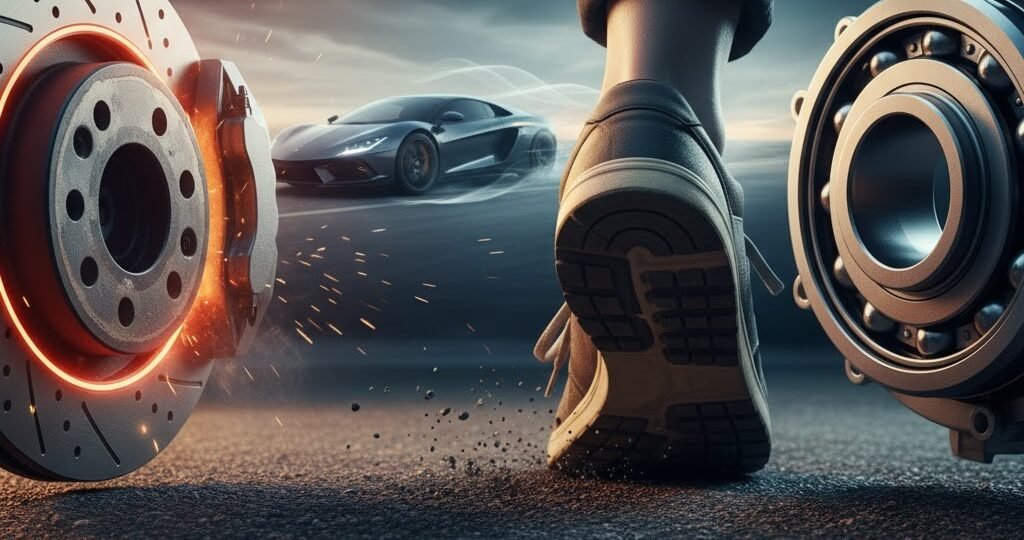
Ever tried walking on ice and suddenly discovered your hidden talent for slapstick comedy? One moment you’re gliding confidently, the next you’re windmilling your arms like a cartoon character. The culprit behind this chaos is one of physics’ simplest yet most underrated forces: friction.
Friction is the invisible grip between your feet and the ground that allows you to move forward without slipping. When you walk, you actually push backward on the ground — and thanks to Newton’s Third Law, the ground pushes you forward. Without friction, that push would do nothing, and you’d stay in place (or slide backward dramatically). On ice, the thin layer of melted water acts like a lubricant, reducing friction so much that your shoes can’t get a grip — hence, the acrobatics.
This everyday hero, friction, does more than just keep us upright. It’s what allows cars to move, pencils to write, and fire to start from a simple spark. But it’s also a double-edged sword — too much friction wears out machines, slows motion, and generates unwanted heat. Engineers spend their careers trying to control it: increasing it for brakes, decreasing it for engines.
The science of friction, known as tribology, has fascinated researchers for centuries. Leonardo da Vinci was among the first to study it systematically in the 15th century, sketching experiments long before the term “physics” even existed. Later, Guillaume Amontons and Charles-Augustin de Coulomb developed the laws that still describe how surfaces resist motion today.
RELATED POSTS
View all


